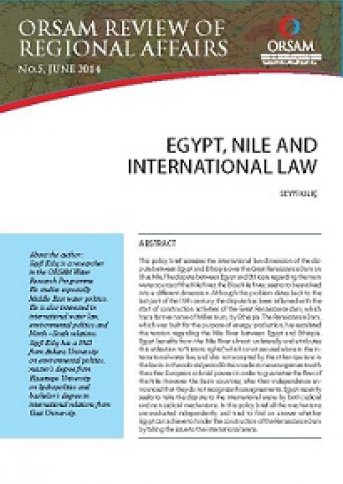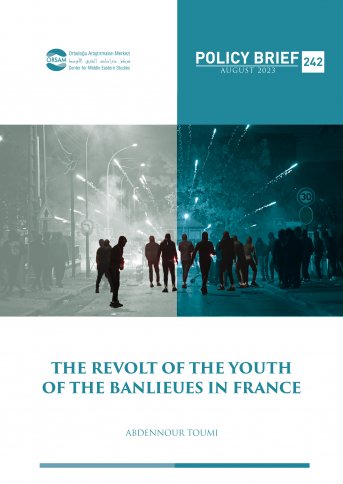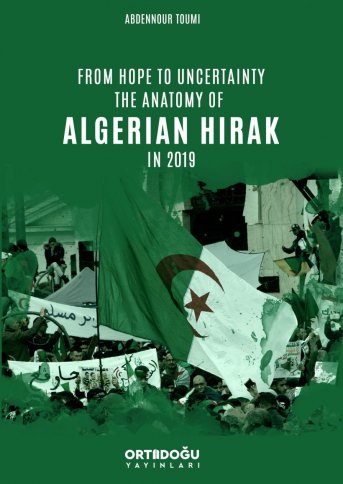
Egypt, Nile And International Law
This policy brief assesses the international law dimension of the dispute between Egypt and Ethiopia over the Great Renaissance Dam on Blue Nile. The dispute between Egypt and Ethiopia regarding the main water source of the Nile River, the Blue Nile River, seems to be evolved into a different dimension. Although this problem dates back to the last part of the 19th century, the dispute has been inflamed with the start of construction activities of the Great Renaissance dam, which has a former name of Millennium, by Ethiopia. The Renaissance Dam, which was built for the purpose of energy production, has escalated the tension regarding the Nile River between Egypt and Ethiopia. Egypt benefits from the Nile River almost unilaterally and attributes this utilization to “historic rights”, which is not secured alone in the international water law, and also not accepted by the other riparians in the basin. In the colonial period Britain made some arrangements with the other European colonial powers in order to guarantee the flow of the Nile. However the basin countries, after their independence announced that they do not recognize those agreements. Egypt recently seeks to take the dispute to the international arena by both judicial and non-judicial mechanisms. In this policy brief all the mechanisms are evaluated independently and tried to find an answer whether Egypt can achieve to hinder the construction of the Renaissance Dam by taking the issue to the international arena.






